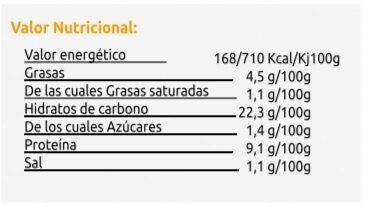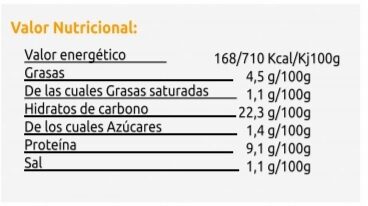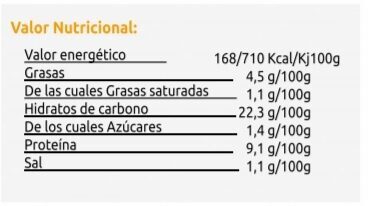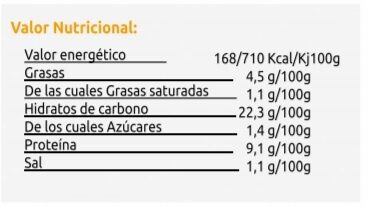Croquetas de pollo - Carnes criado - 500
Aquesta pàgina del producte no està completa. Podeu ajudar a completar-la editant-la i afegint-hi més dades a partir de les fotos ja disponibles, o fent-ne més amb l'aplicació de androide o iPhone / iPad. Gràcies!
×
Nom comú: Croquetas
Quantitat: 500
Empaquetament: es:Bandeja termosellable
Marques: Carnes criado
Origen dels ingredients: Espanya
Llocs de fabricació o processament: España
Països on es va vendre: Espanya
Matching with your preferences
Entorn
Empaquetament
Transport
Report a problem
Fonts de dades
Producte afegit per nutrievoo
Última modificació de la pàgina del producte per thaialagata.
Si les dades són incorrectes o incompletes, pot completar o corregir editant aquesta pàgina.






